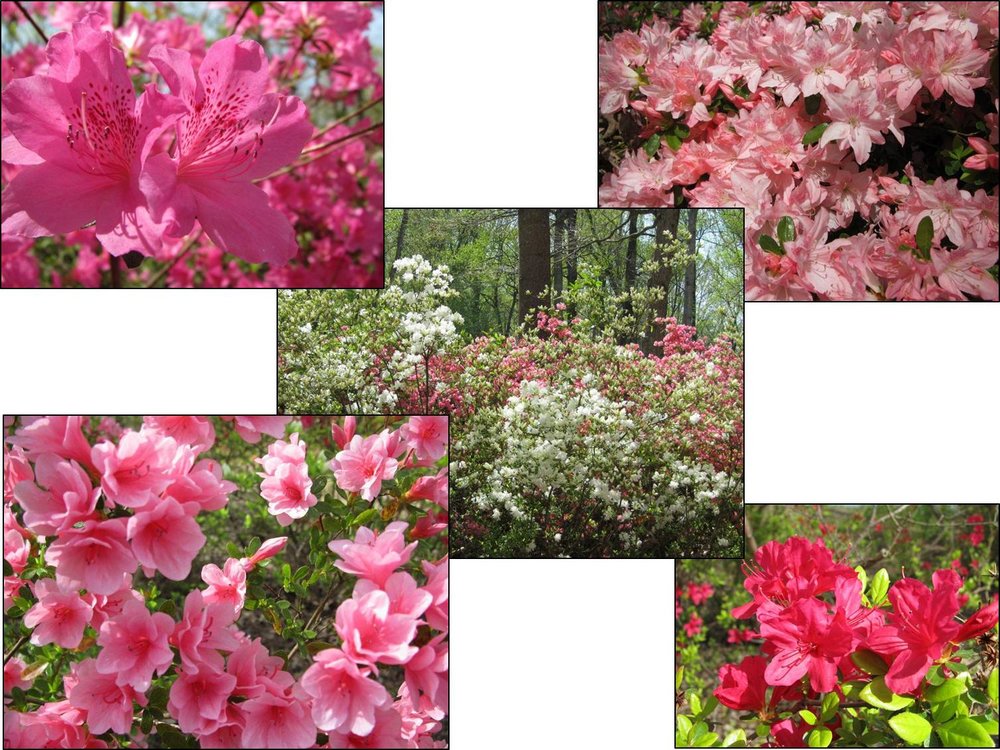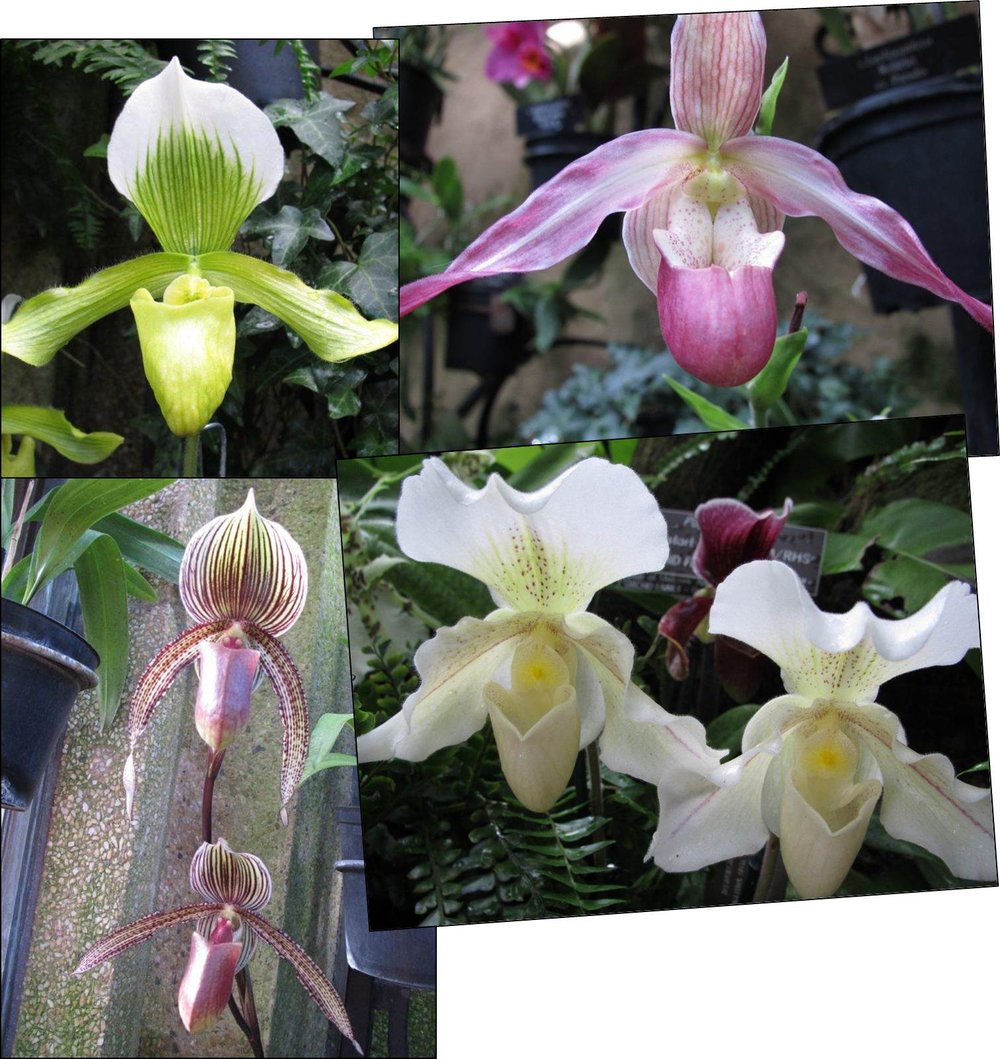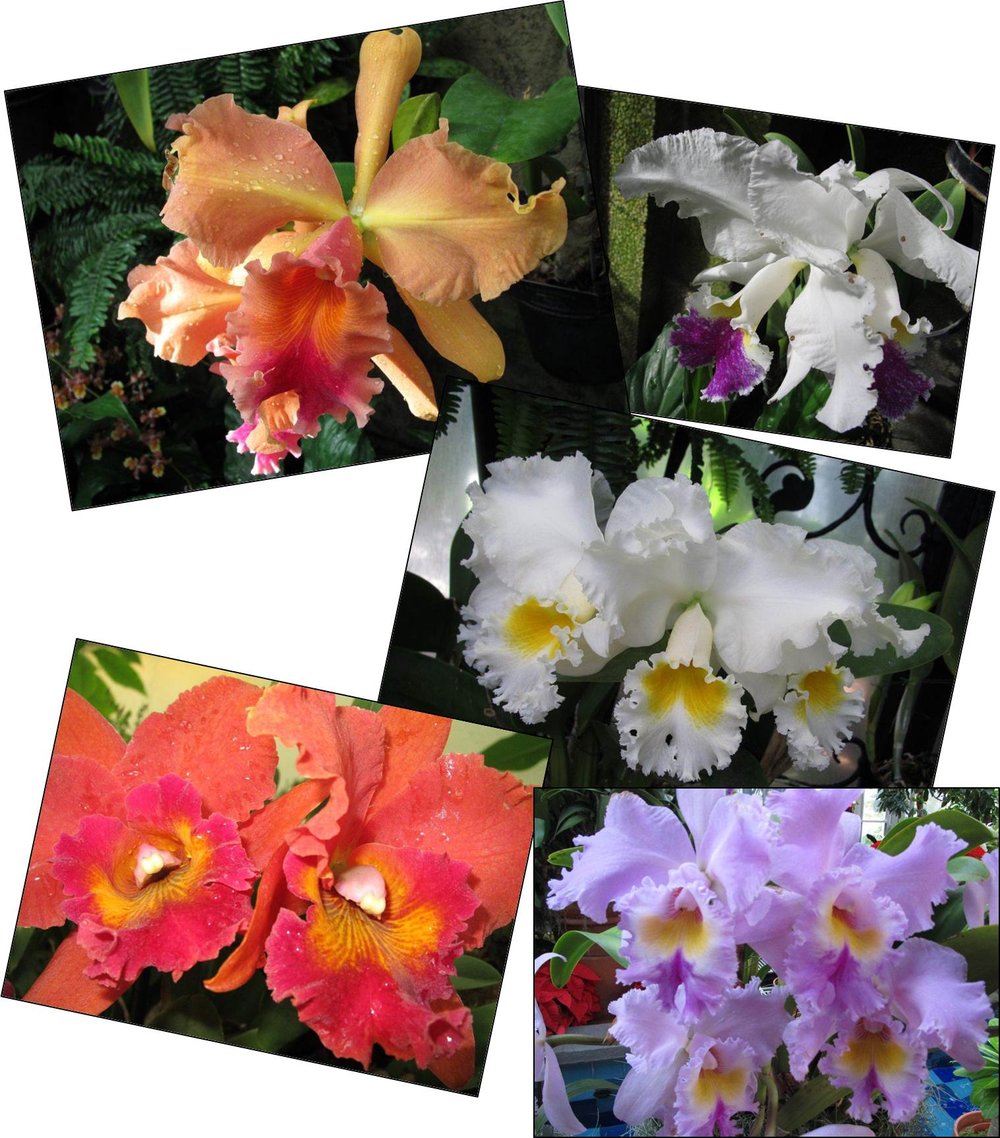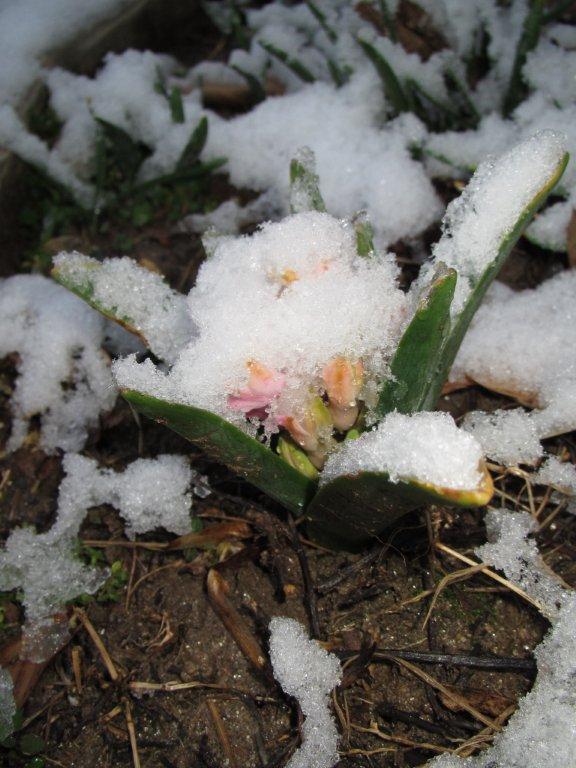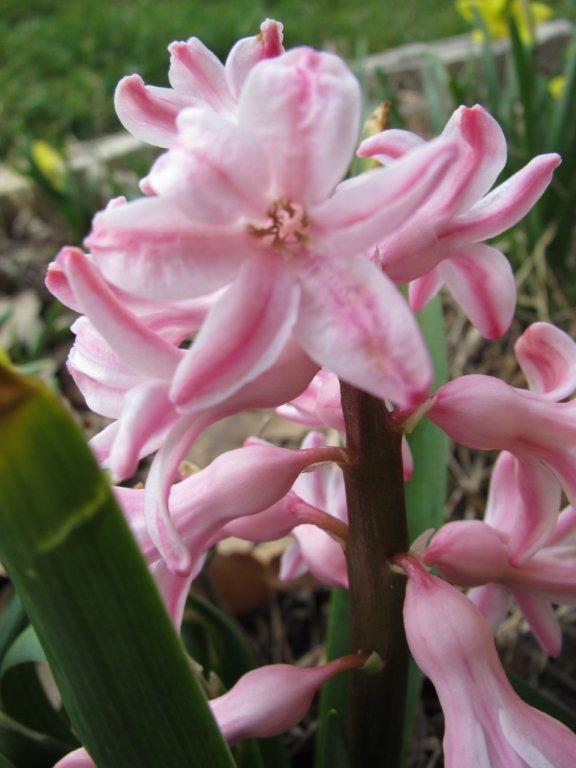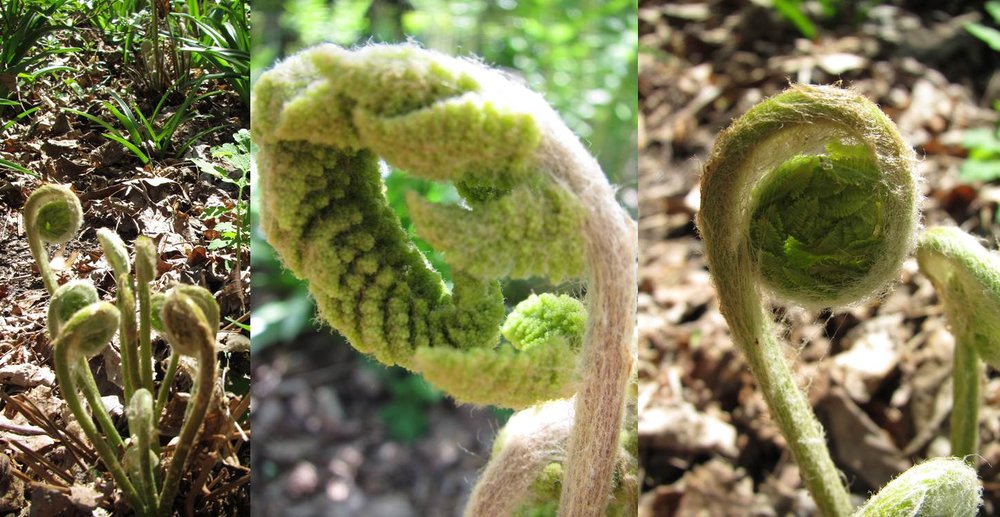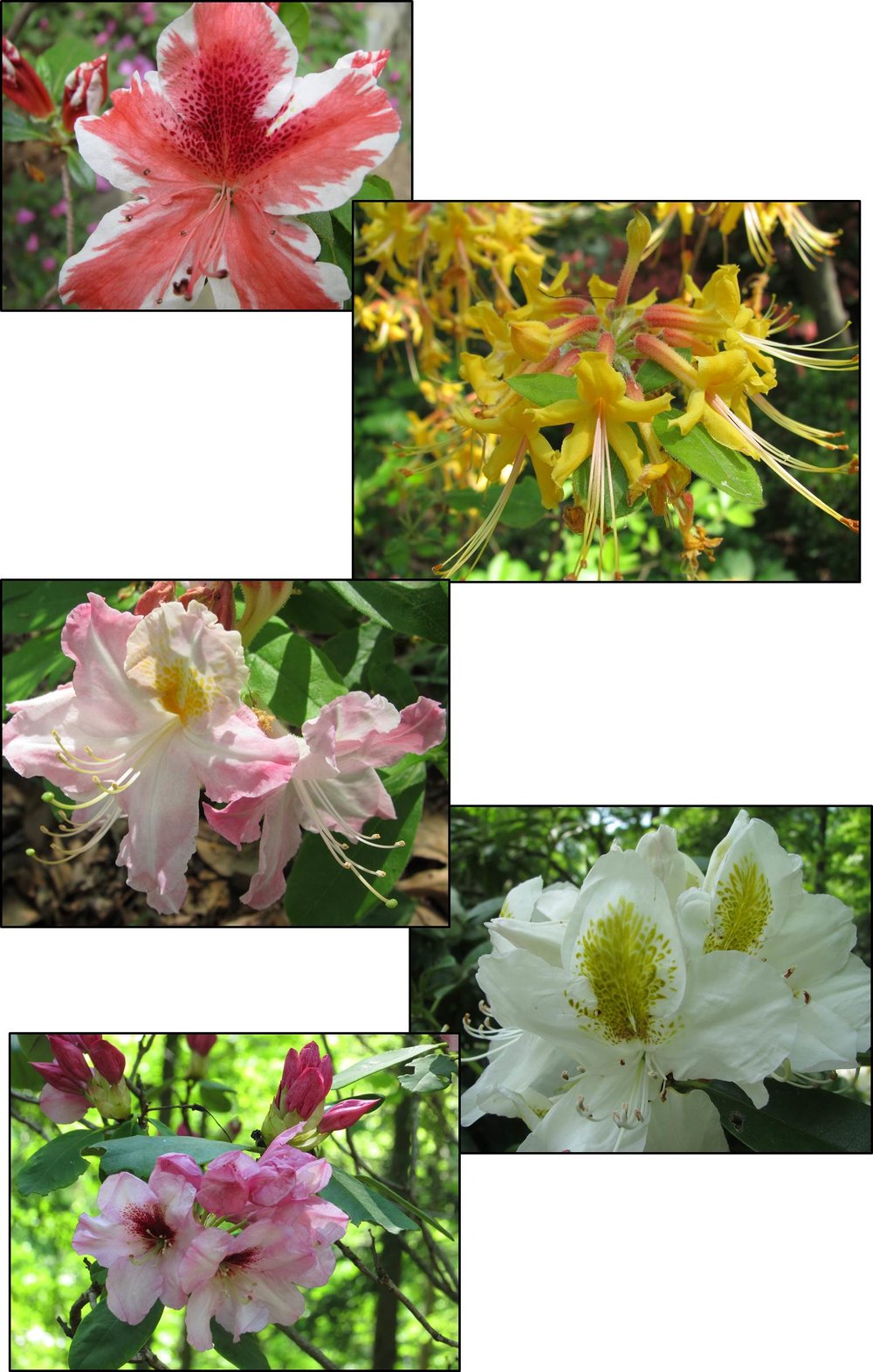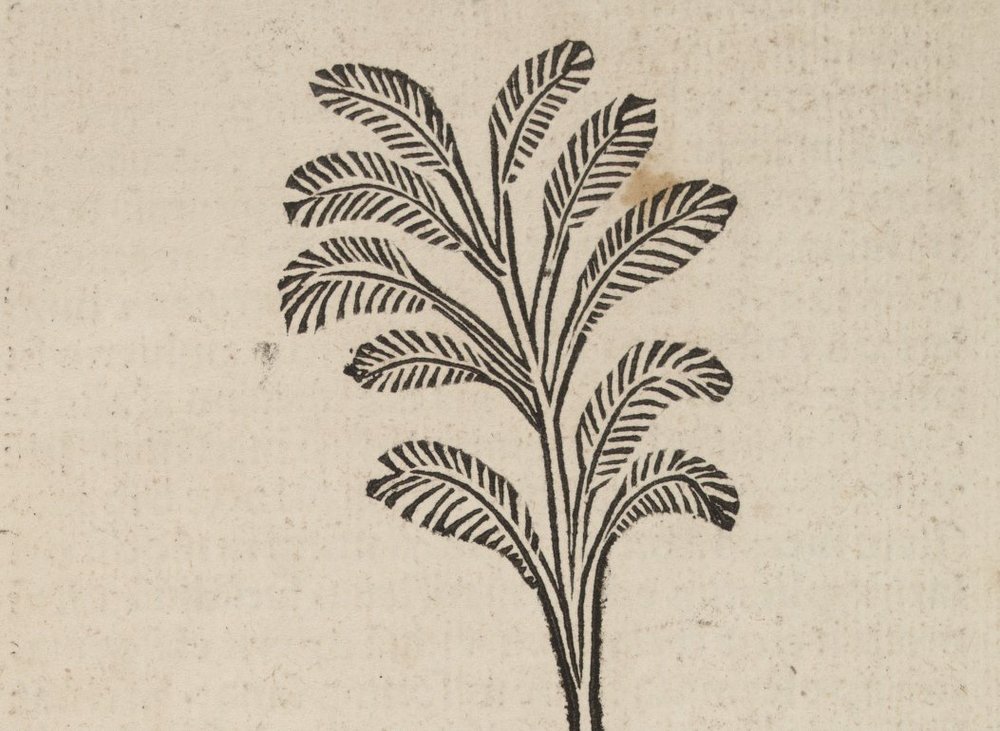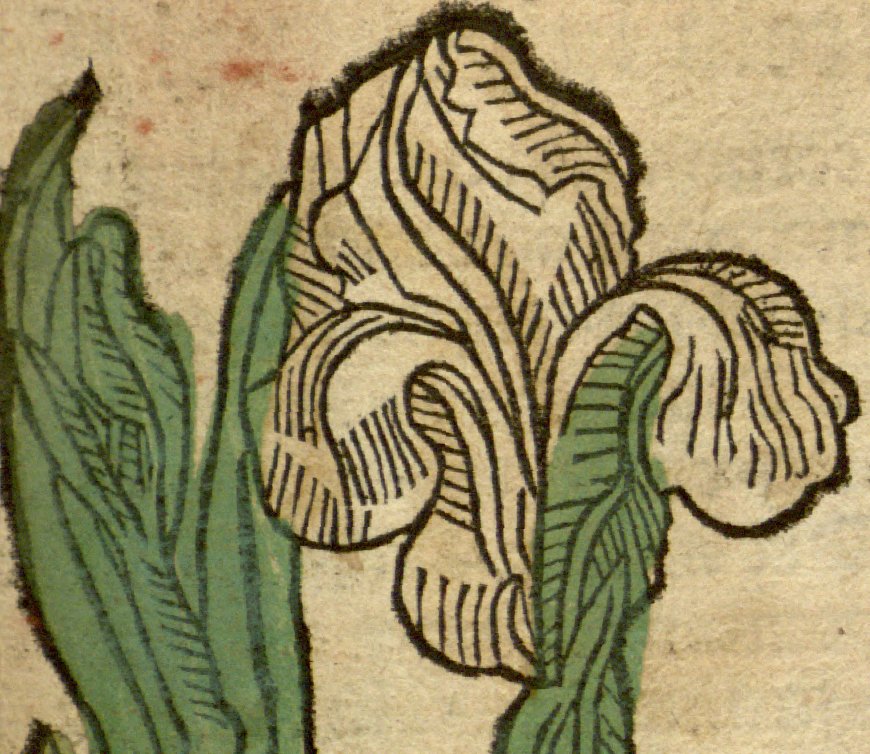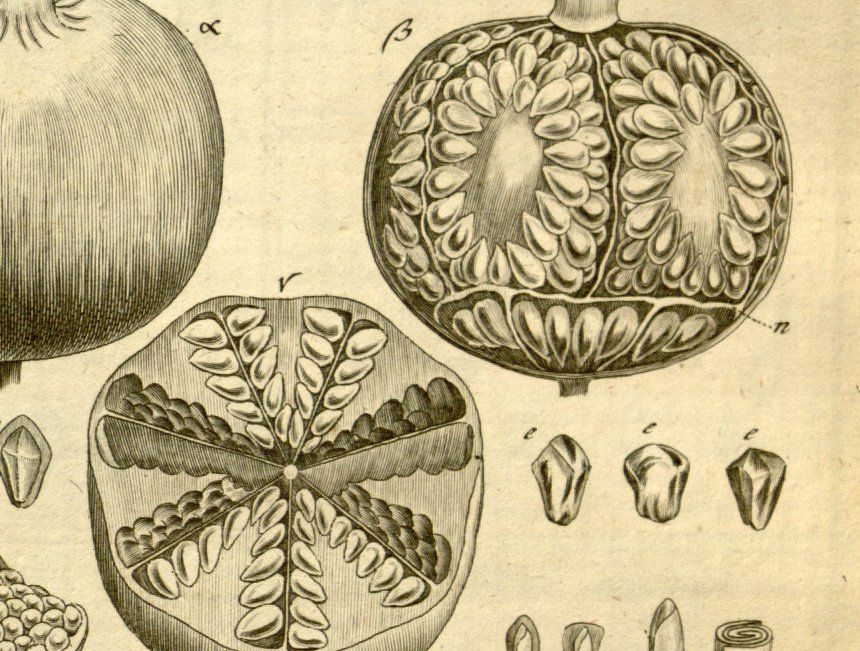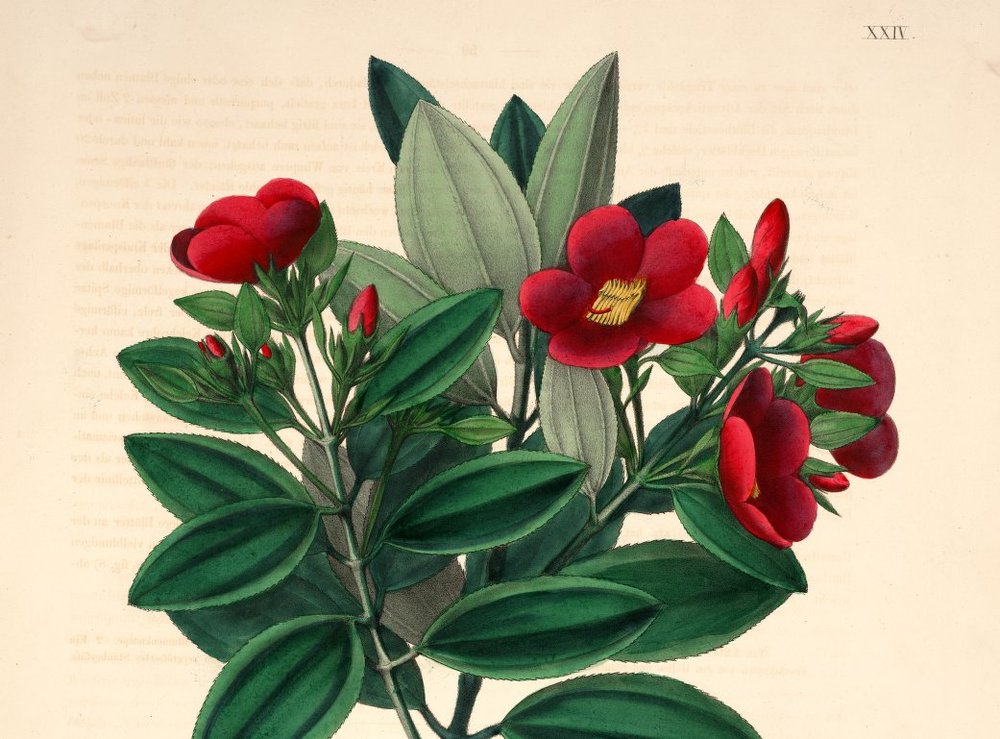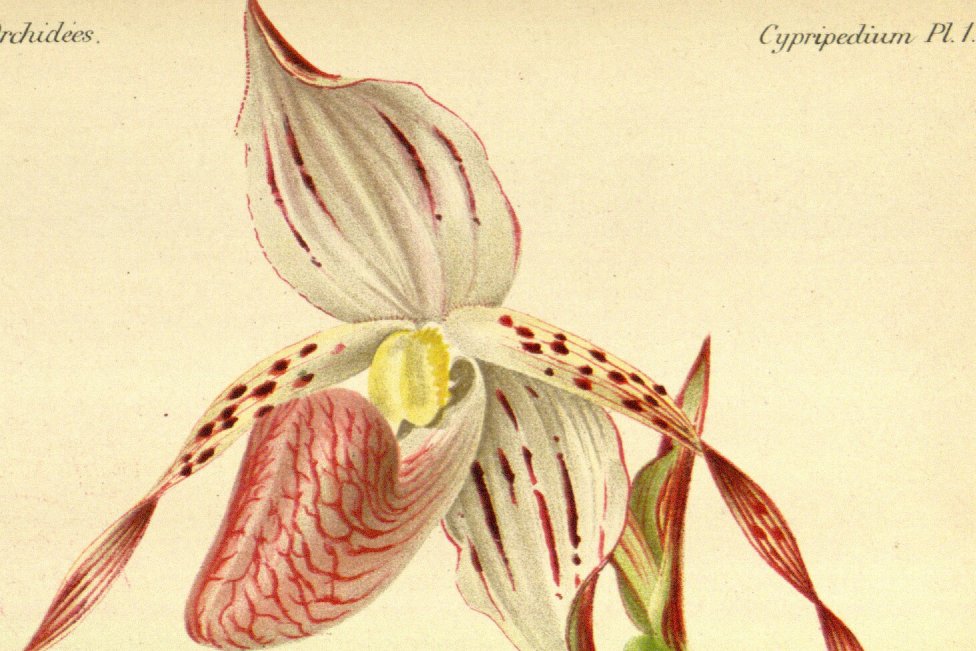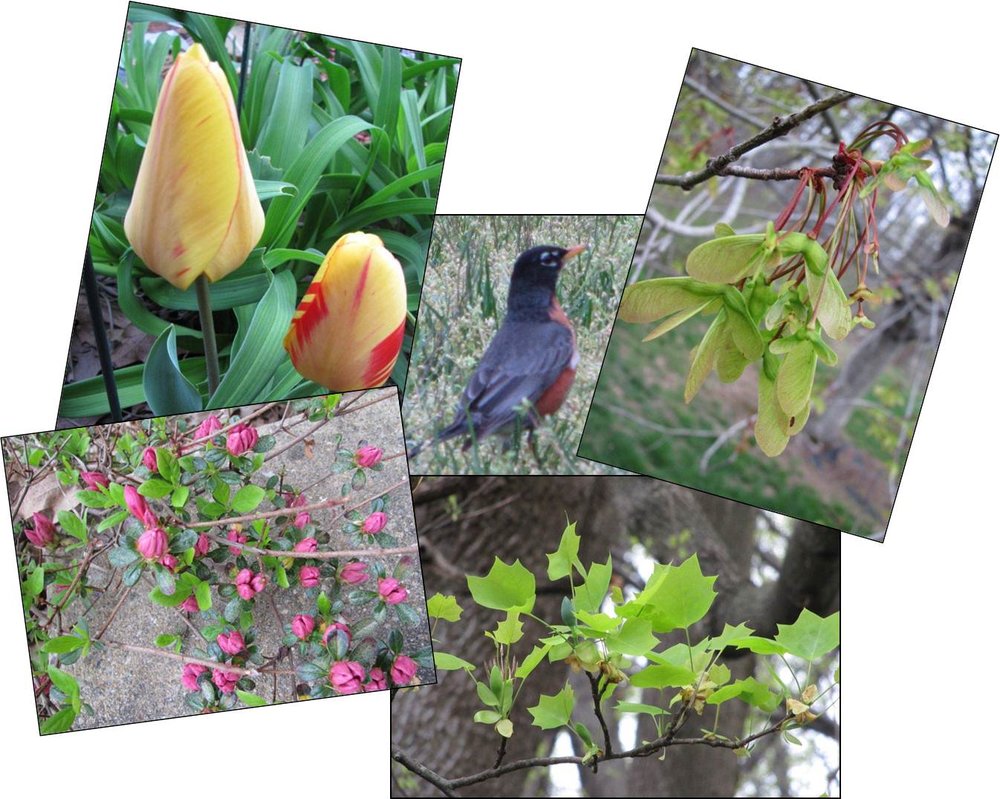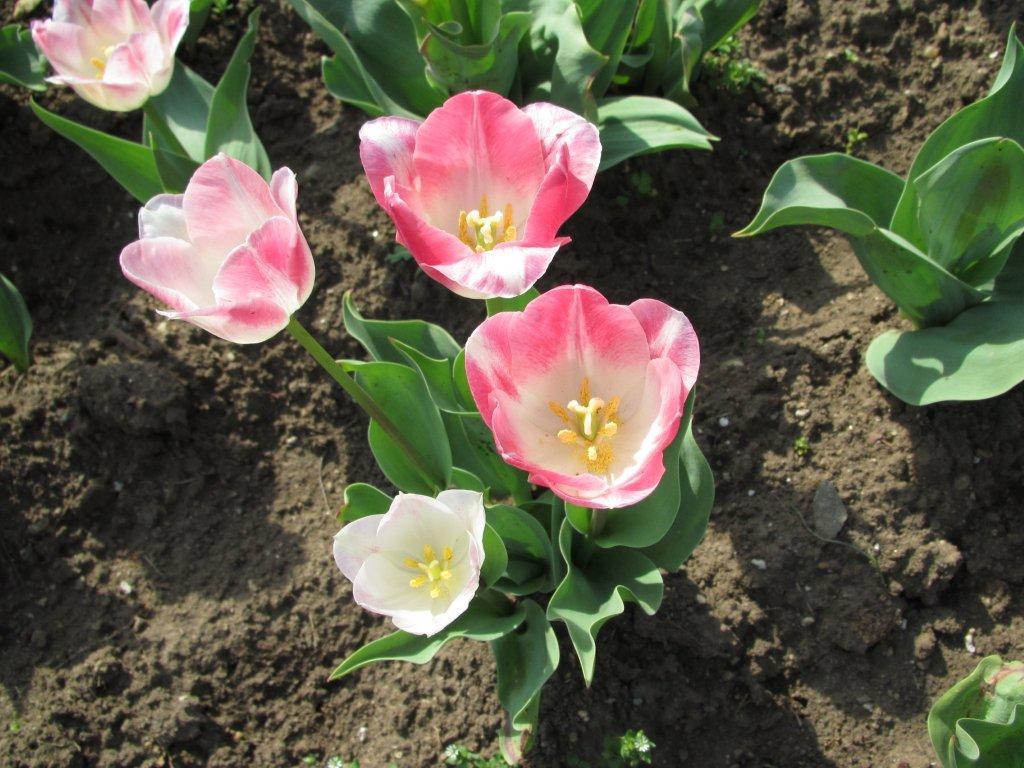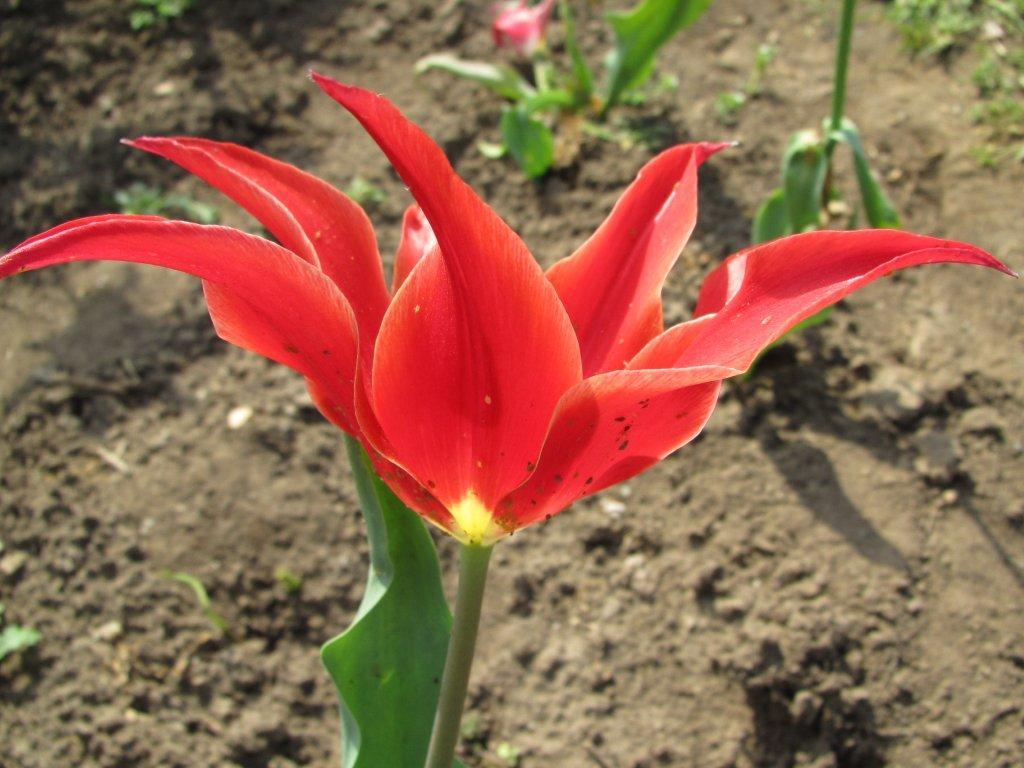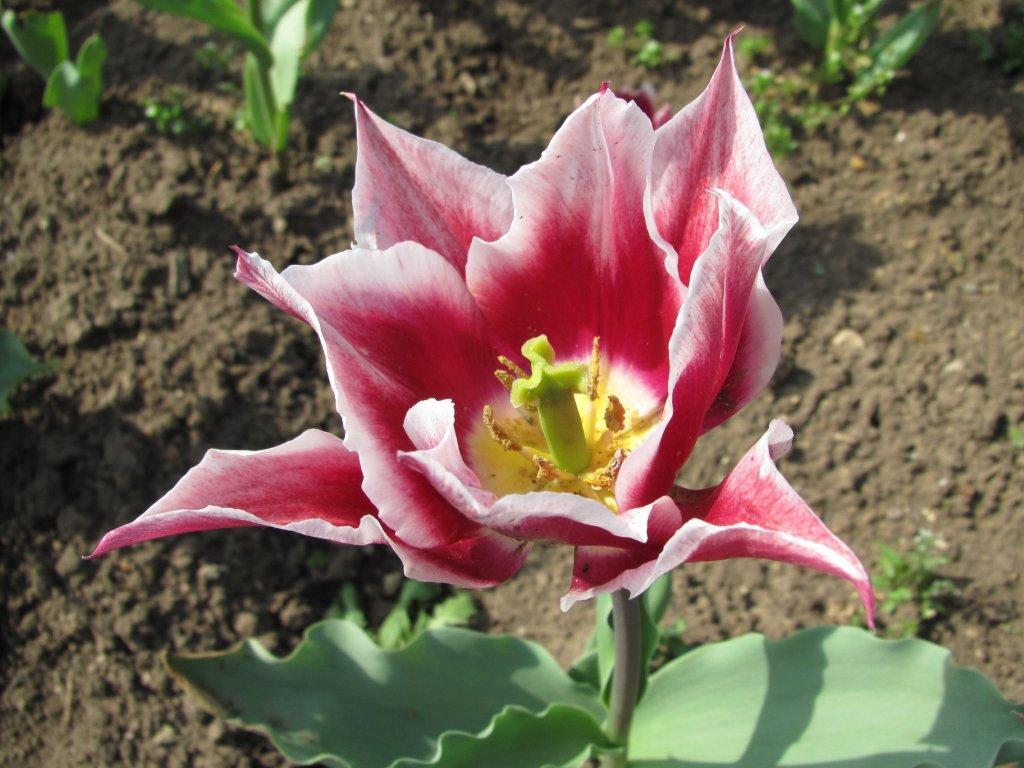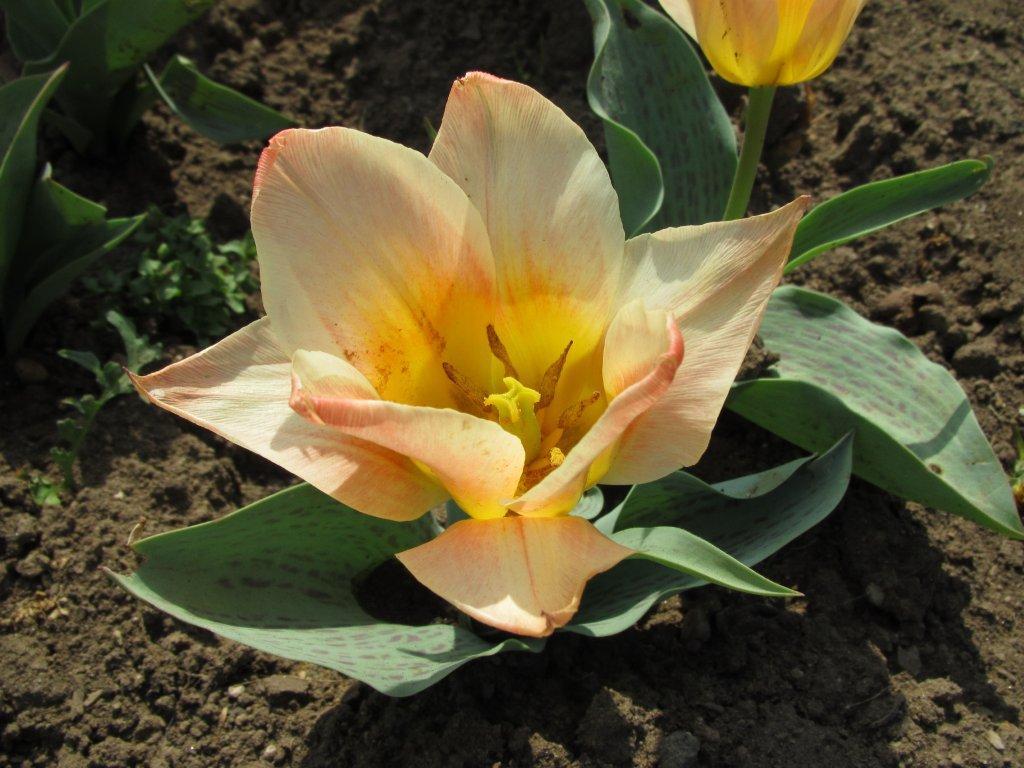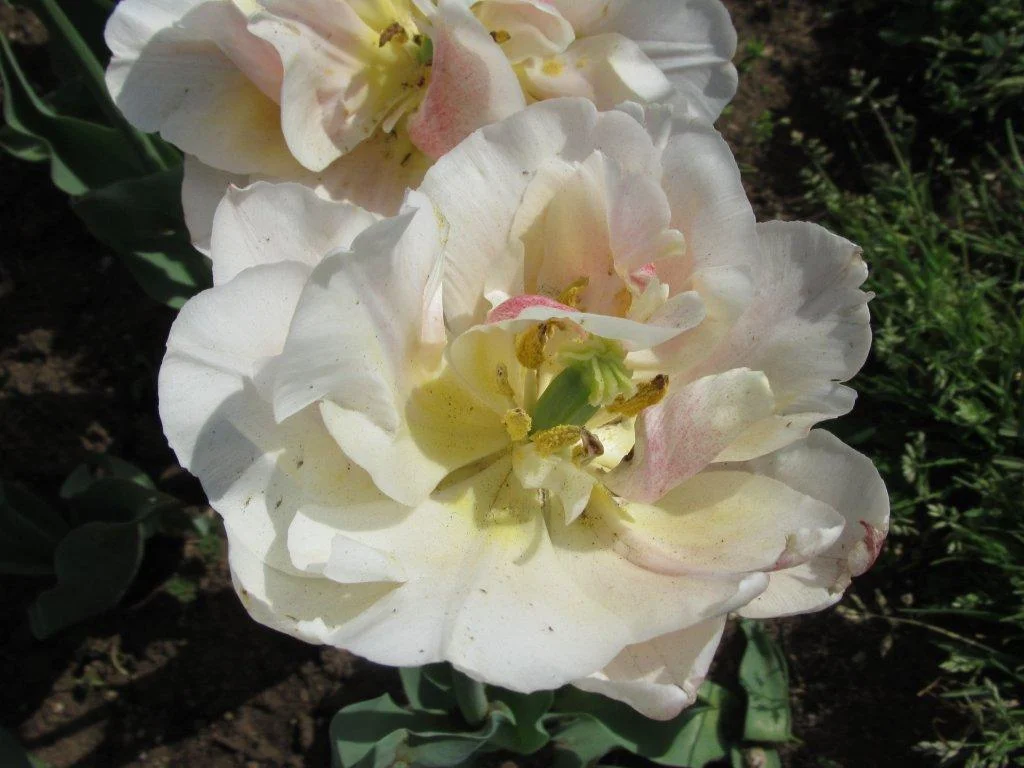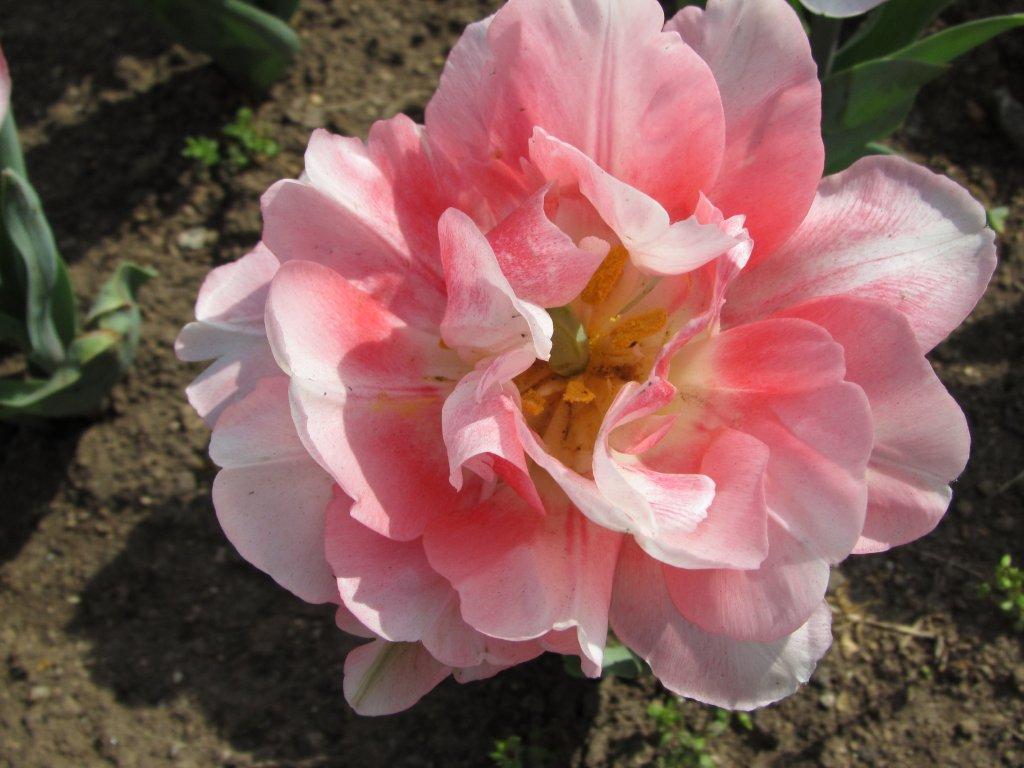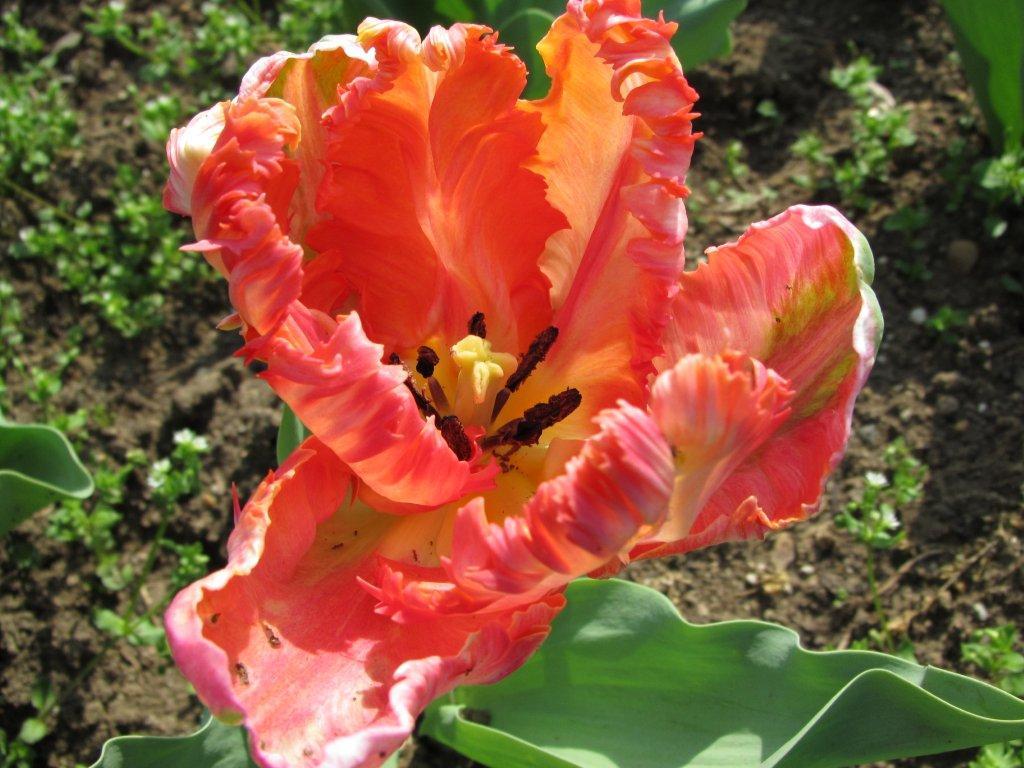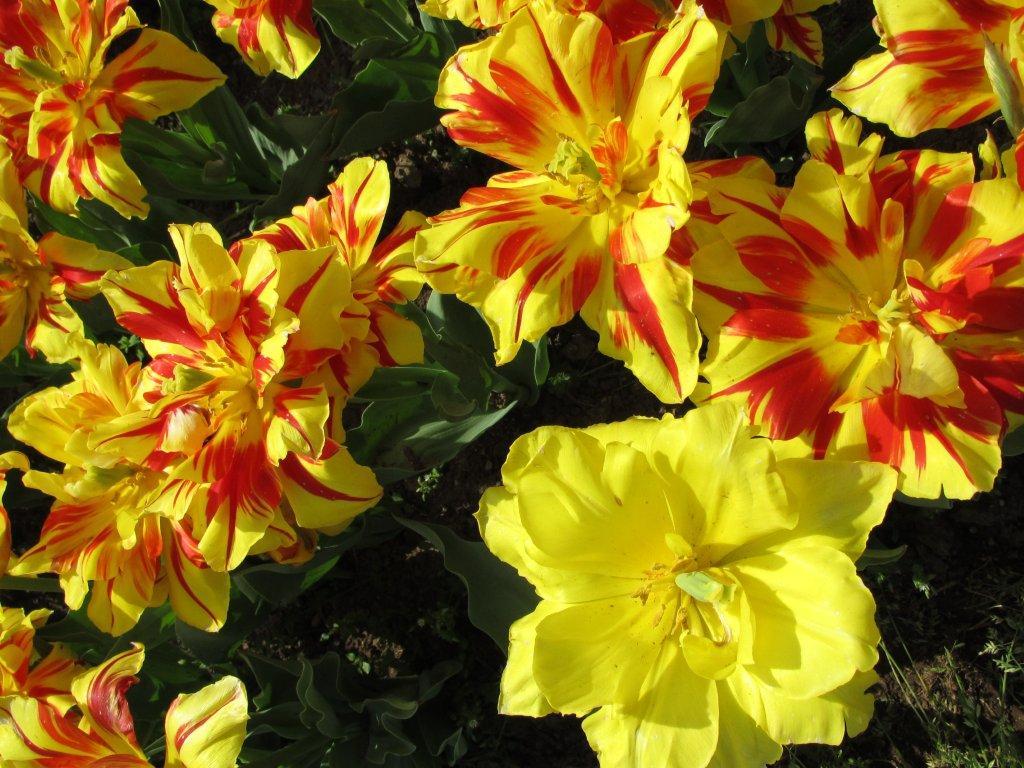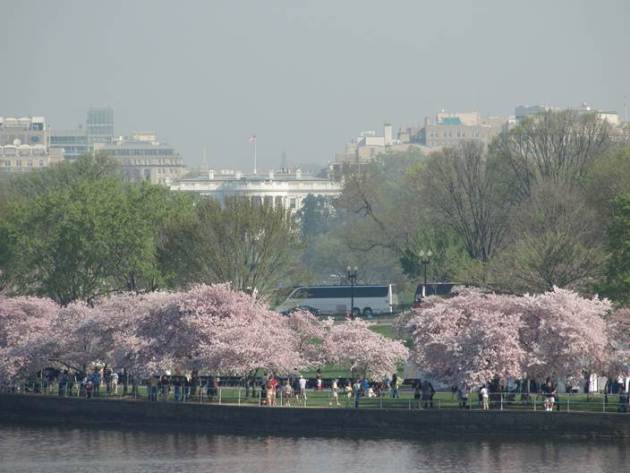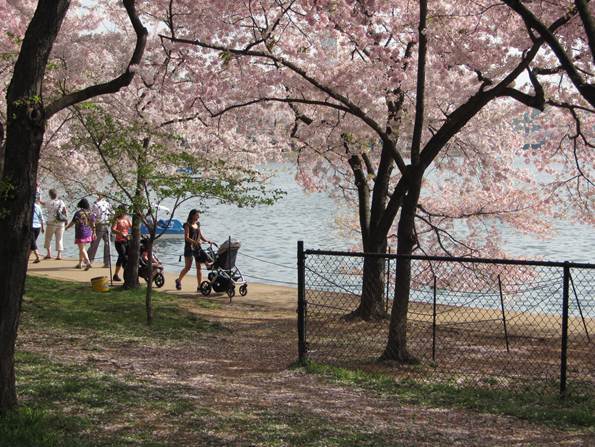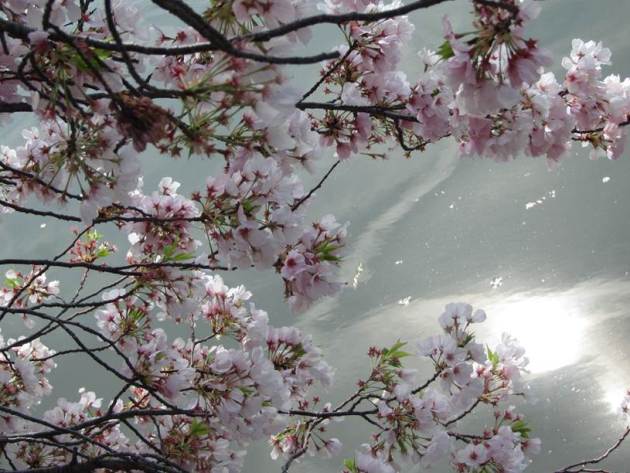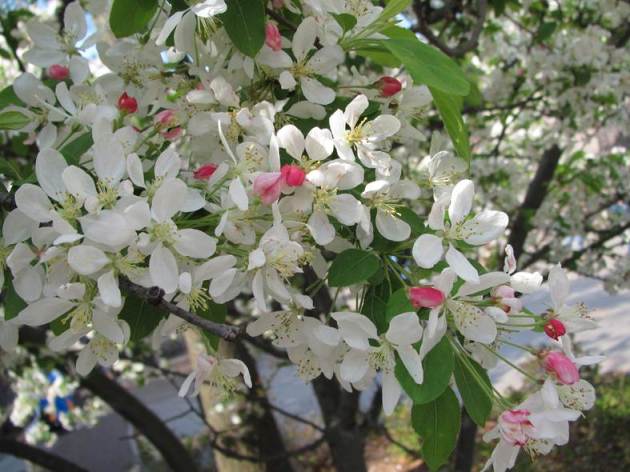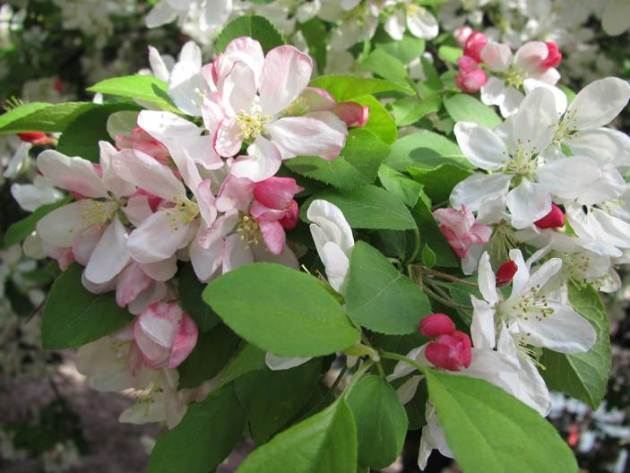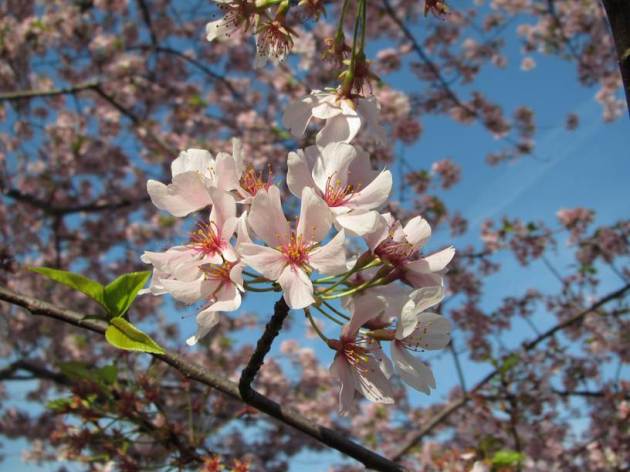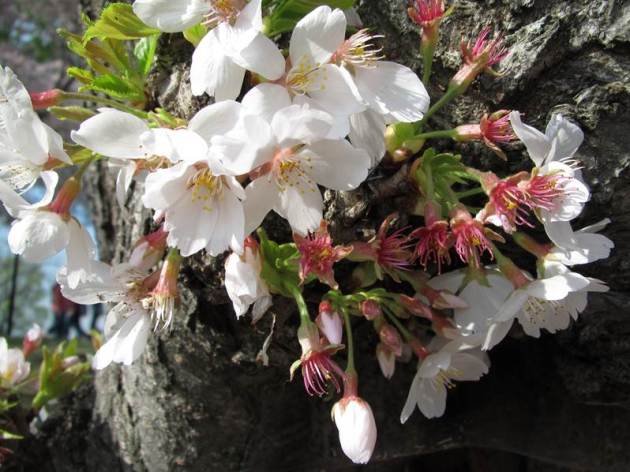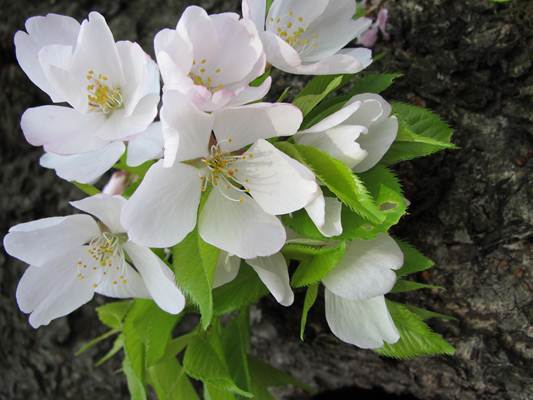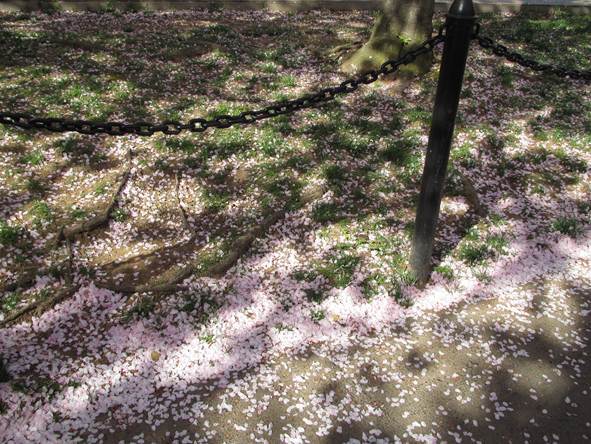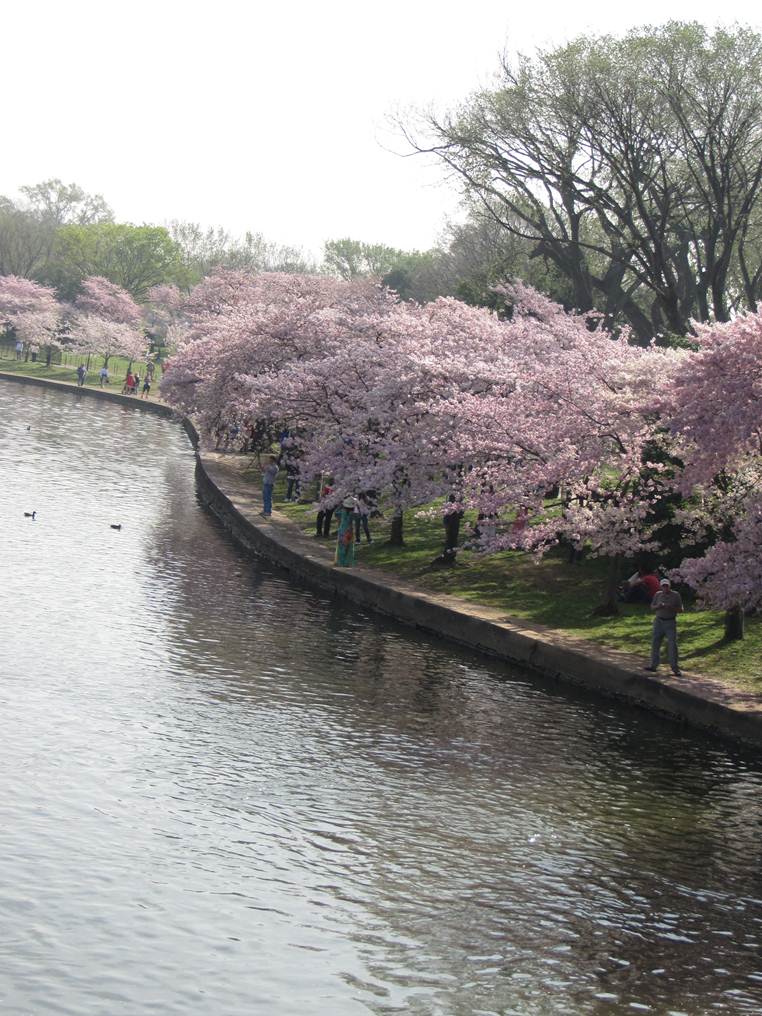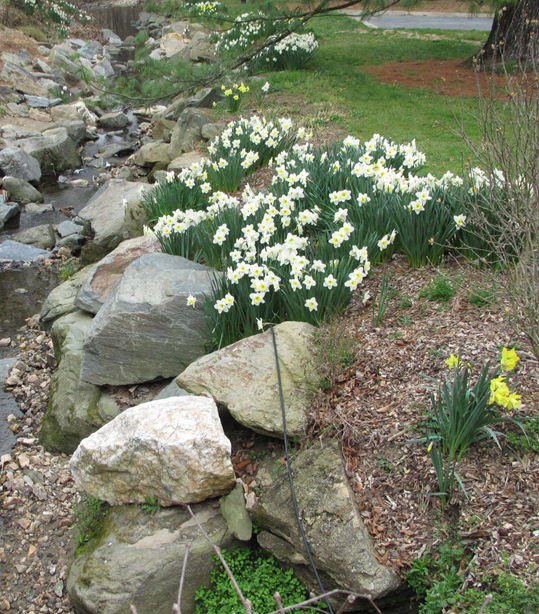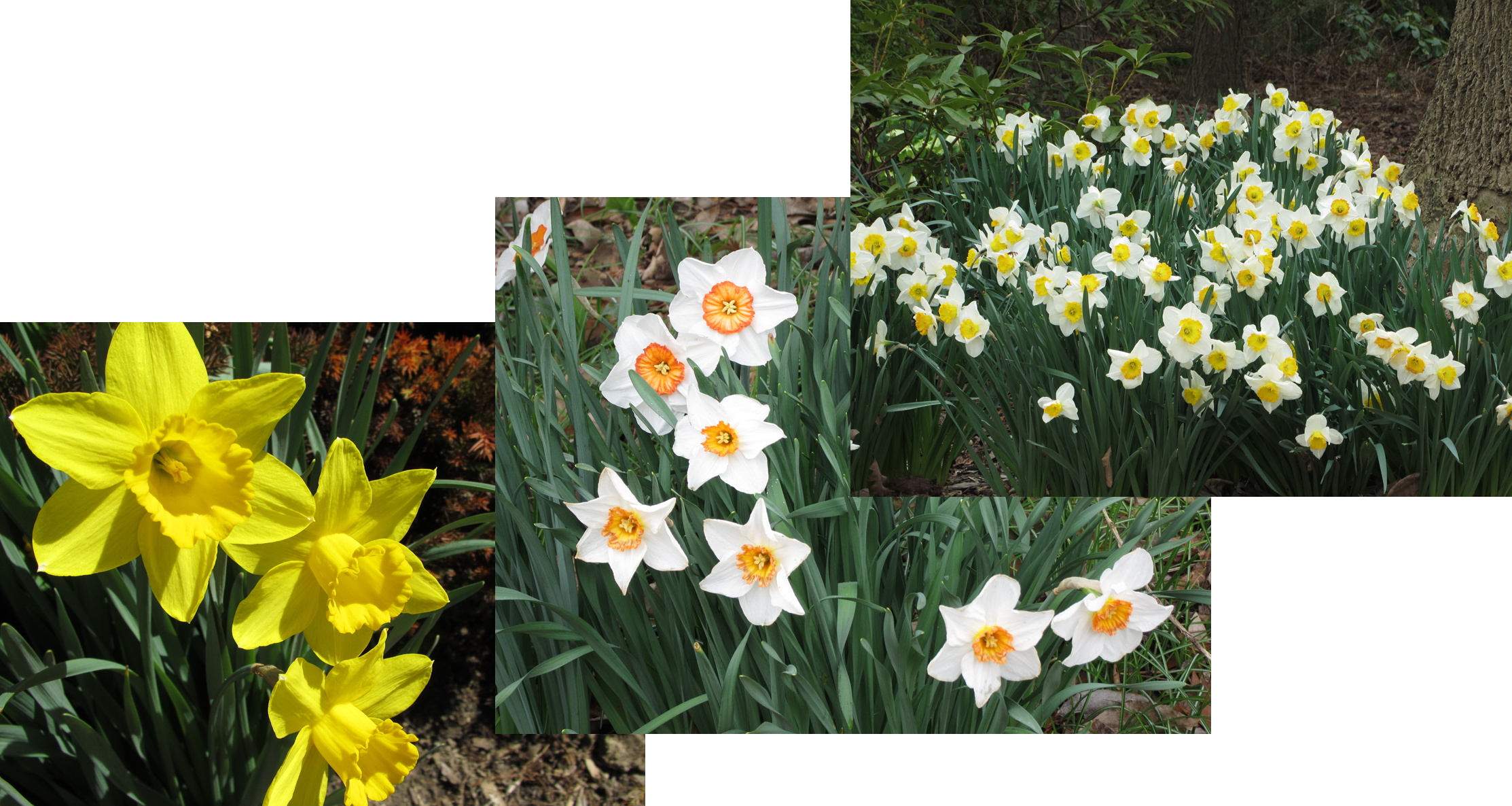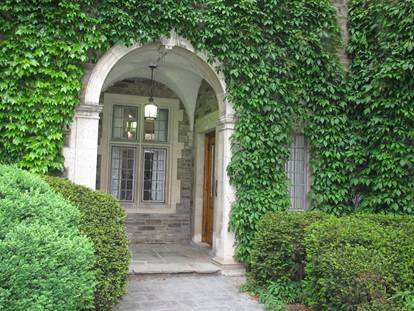Bulb Project - Phase 1: Planting
/I have a bulb planting project this spring. In the past I focused on bulb planted in the fall that would then bloom in the early spring. This year my focus is on bulbs planted in the spring that will bloom in the summer…and summers to come.
 The first bag contained 60 blazing stars (liatris spicata) that produce a spire of purple flowers that blooms in mid to late summer. The instructions said to plant the bulbs 5 inches apart and 4 inches deep. I used a big shovel to dig trenches along the back of the flower bed, just in front of the bushes. I planted as many as I could in that trench before using my hands to break up the clods of dirt as I refilled the depression. I ended up making several more trenches. 60 is quite a large number of bulbs! In between plantings - when my back did not want to be bending over any more, I used the nippers to trim the bushes a bit. In a little over an hour I’d planted the bulbs and filled a big trash bag of clippings from the bush and some weeds I’d pulled before I even started the bulb planting.
The first bag contained 60 blazing stars (liatris spicata) that produce a spire of purple flowers that blooms in mid to late summer. The instructions said to plant the bulbs 5 inches apart and 4 inches deep. I used a big shovel to dig trenches along the back of the flower bed, just in front of the bushes. I planted as many as I could in that trench before using my hands to break up the clods of dirt as I refilled the depression. I ended up making several more trenches. 60 is quite a large number of bulbs! In between plantings - when my back did not want to be bending over any more, I used the nippers to trim the bushes a bit. In a little over an hour I’d planted the bulbs and filled a big trash bag of clippings from the bush and some weeds I’d pulled before I even started the bulb planting.
The bulbs were dried up brownish knobs packed loosely in wood shavings. Most of them had beginnings of roots on the fat end and a few had a tiny sprout on the pointed end. It was easy to tell which end should be planted up most of the time. I don’t think they’ll appear to be in a perfectly straight row when they come up but they’ll still look good in front of the bushes. The bushes are between 5 and 6 feet high so these flowers that can get up to 48 inches will be a nice stepwise progression from then. In front of the blazing stars there is some vigorous foliage of day lilies. I have some wire stakes around them because last year the deer invaded just before the buds opened; I had very few flowers! If they manage to bloom this year - the flowers will show up nicely against the lavender of the blazing stars.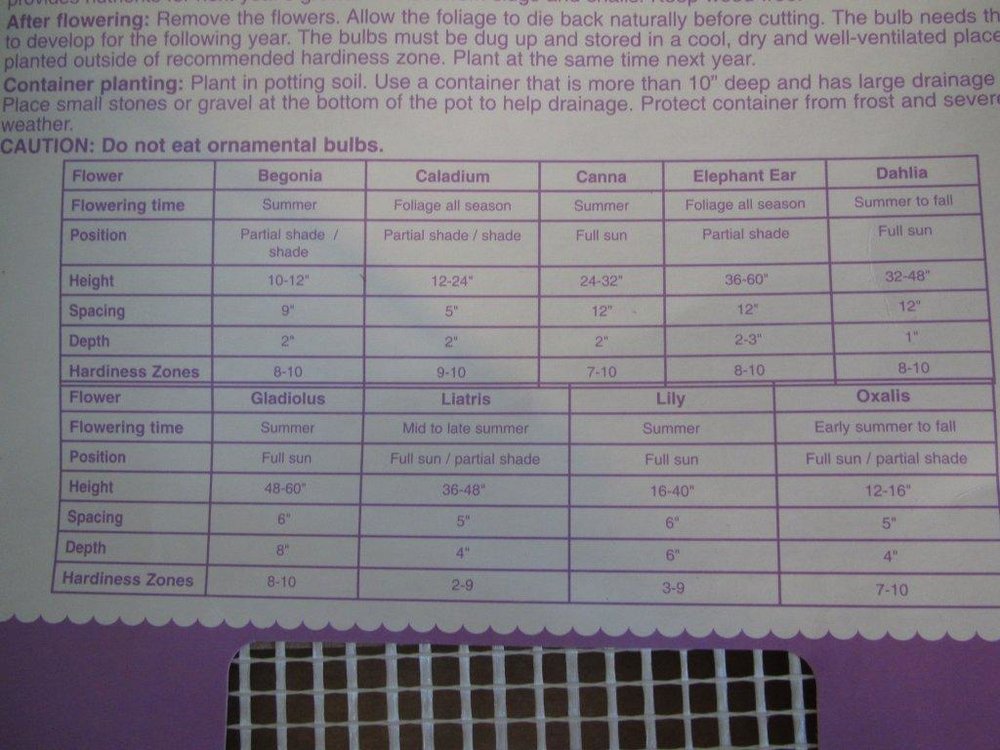
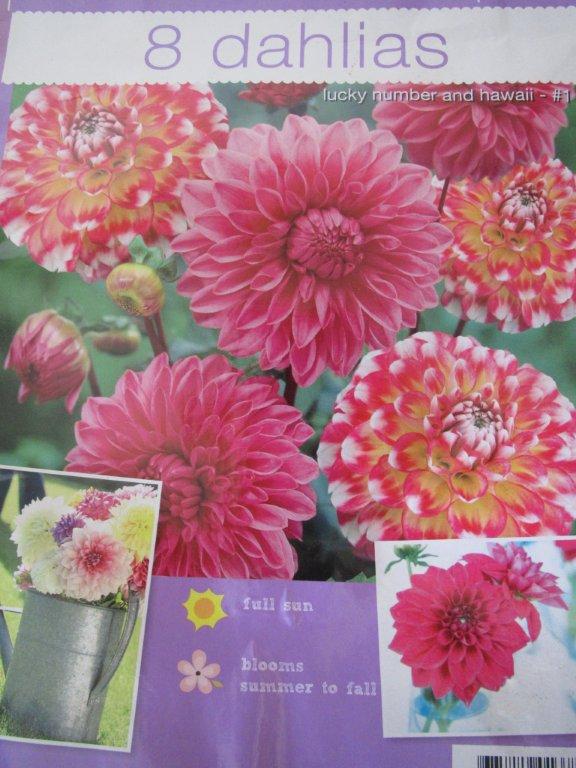 The next day I planted 16 dahlia bulbs. The instructions said to plant them 1 inch deep and 12 inches apart. I dug some shallow holes before I opened up the bag. Surprise! Dahlias have big bulbs with multiple finger sized tubers with each one. It took bigger and deeper holes. Most of the bulbs had a healthy looking sprout that I could leave peeking up through the soil after I covered the rest with soil. The dahlias are positioned in the front of the flower bed since I plan to cut at least some of them for inside the house if they do well. I took time out to finish trimming the bushes behind my bulb bed too.
The next day I planted 16 dahlia bulbs. The instructions said to plant them 1 inch deep and 12 inches apart. I dug some shallow holes before I opened up the bag. Surprise! Dahlias have big bulbs with multiple finger sized tubers with each one. It took bigger and deeper holes. Most of the bulbs had a healthy looking sprout that I could leave peeking up through the soil after I covered the rest with soil. The dahlias are positioned in the front of the flower bed since I plan to cut at least some of them for inside the house if they do well. I took time out to finish trimming the bushes behind my bulb bed too.
I am really looking forward to the flowers of summer!


